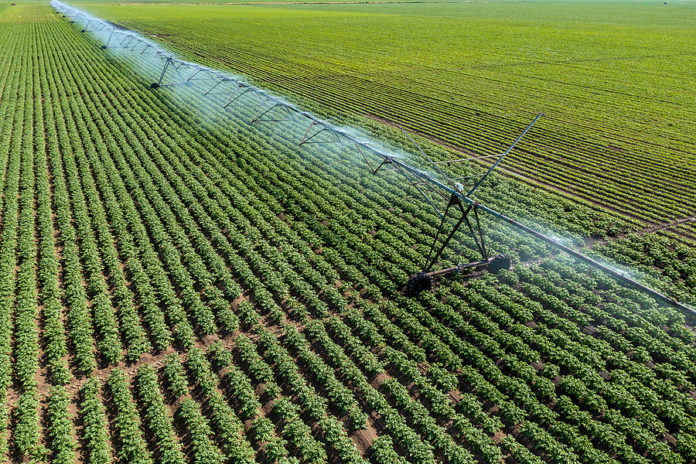
In an analysis of 114 packaged food companies, ESG research firm Morningstar Sustainalytics found that 60% have weak or no comprehensive water management practices in their direct operations and 43% lack adequate practices in their supply chains.
Morningstar’s report, which focuses on the Ogallala Aquifer in the Great Plains region, finds that, as a whole, packaged food companies have a lot of work to do to mitigate water risks that are only becoming more severe.
One of the biggest challenges of assessing and counteracting water risk is the many factors that go into it. The report notes that public reporting in the U.S. typically focuses on water scarcity, but that this is only one component of the issue – “an expanded risk radar takes into full account all water related physical (supply, discharge, quality, and quantity), regulatory (water-use restrictions and tighter pollution controls), and reputational (stakeholder perceptions on company water uses and impacts) risks.”
To account for the full range of factors, Morningstar Sustainalytics created a composite indicator, the ESG Risk Rating. Under this rating, most packaged food companies have weak or nonexistent water management programs.
The report also dives into two case studies of packaged food companies that are doing significantly better than their peers at addressing water-related risks: General Mills and Tyson Foods.
As examples of what a successful water management program looks like, General Mills partners with the National Fish and Wildlife Foundation to promote regenerative agriculture on farms, helps farmers and ranchers develop water management plans, participates in Farm Bill programs, and more. Tyson has conducted a water risk assessment to understand how its facilities impact the local watershed and also developed contextual water targets for two of its plants in the Great Plains region.
Water is our most important resource, and it’s one that the food industry cannot do without. As the report authors write, “the time to consider our approaches to evaluating company actions is now.”
For more information, download the full report.








